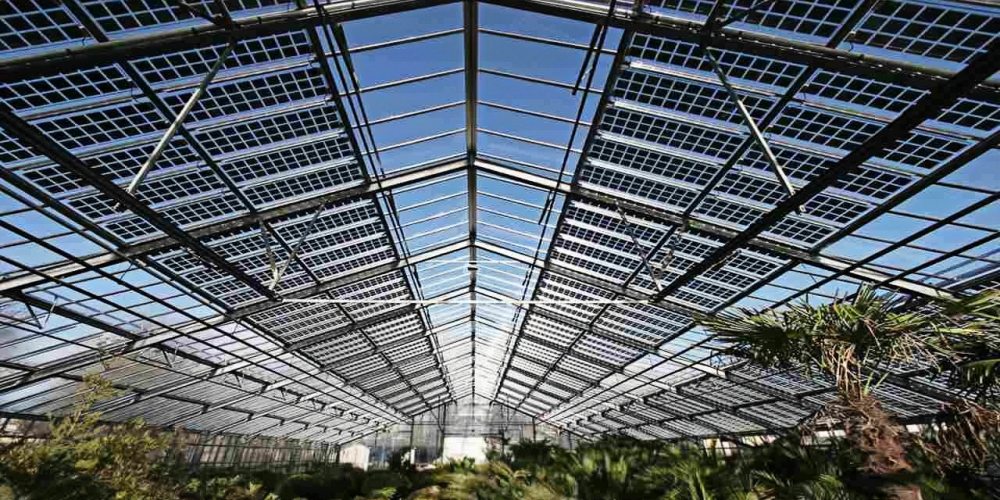In today’s world, where uninterrupted power supply is crucial, choosing the right generator becomes a critical decision for consumers and businesses alike. When searching for reliable power solutions, several options come to the forefront. In this article, we will compare and contrast various products and services related to the keywords: 180KW Diesel Generator Set, 225KVA Fawde Diesel Generator, 200KW Standby Rental Of Generator, 250kva Standby Diesel Generator Set 50HZ, Fawde Quiet Diesel Generators, and Rental Of Generator. By examining their features, benefits, and potential drawbacks, we aim to provide valuable insights to help consumers make informed choices.
180KW Diesel Generator Set
The 180KW Diesel Generator Set offers an efficient solution for those seeking a stable power supply. With its powerful engine capacity, this generator set ensures consistent performance even during heavy load conditions. Its advanced technology helps minimize fuel consumption, making it a cost-effective option. However, it’s important to consider the noise factor associated with diesel generators, as they tend to produce notable sound levels.
225KVA Fawde Diesel Generator
For consumers looking for a reliable and compact diesel generator, the 225KVA Fawde Diesel Generator can be an excellent choice. Fawde, known for its quality products, offers a reliable power source with optimal fuel efficiency. This generator provides stable voltage output, protecting sensitive equipment from potential damage. It’s compact design makes it suitable for a wide range of applications, including residential, commercial, or industrial settings.
200KW Standby Rental Of Generator
When temporary power supply needs arise, opting for a rental generator becomes a viable solution. The 200KW Standby Rental Of Generator offers a flexible power source that can be tailored to specific requirements. With its high power output, this generator can sustain multiple equipment simultaneously, making it suitable for construction sites, outdoor events, or emergency situations. However, it’s essential to consider the rental costs and duration while opting for temporary power solutions.
250kva Standby Diesel Generator Set 50HZ
The 250kva Standby Diesel Generator Set 50HZ caters to the needs of consumers who require a robust and reliable power backup system. With its larger capacity, this generator can handle heavy-duty electrical loads effortlessly. Equipped with advanced safety features and a reliable engine, it ensures uninterrupted power supply during critical situations. However, due to its larger size and capacity, it may require ample space and proper ventilation for optimal performance.
Fawde Quiet Diesel Generators
Noise pollution can be a concern when it comes to generator operations. Fawde Quiet Diesel Generators address this issue by offering reduced noise levels during operation. These generators provide a balance between performance and noise reduction without compromising power output. This feature makes them suitable for residential areas, hospitals, or other environments where noise control is essential.
Rental Of Generator
Rental generators have gained popularity due to their ease of use and cost-effectiveness. By opting for Rental Of Generator services, consumers gain the flexibility to meet temporary power requirements without making a substantial investment. Whether it’s for short-term projects, events, or emergency backup, renting a generator provides an efficient and affordable solution.
In conclusion, the choice of a generator depends on several factors such as power requirements, fuel efficiency, noise levels, and budget constraints. Understanding the features and benefits of different options, including the 180KW Diesel Generator Set, 225KVA Fawde Diesel Generator, 200KW Standby Rental Of Generator, 250kva Standby Diesel Generator Set 50HZ, Fawde Quiet Diesel Generators, and Rental Of Generator, helps consumers make an informed decision. It is advisable to thoroughly assess one’s power needs and consult with experts before finalizing the choice.


